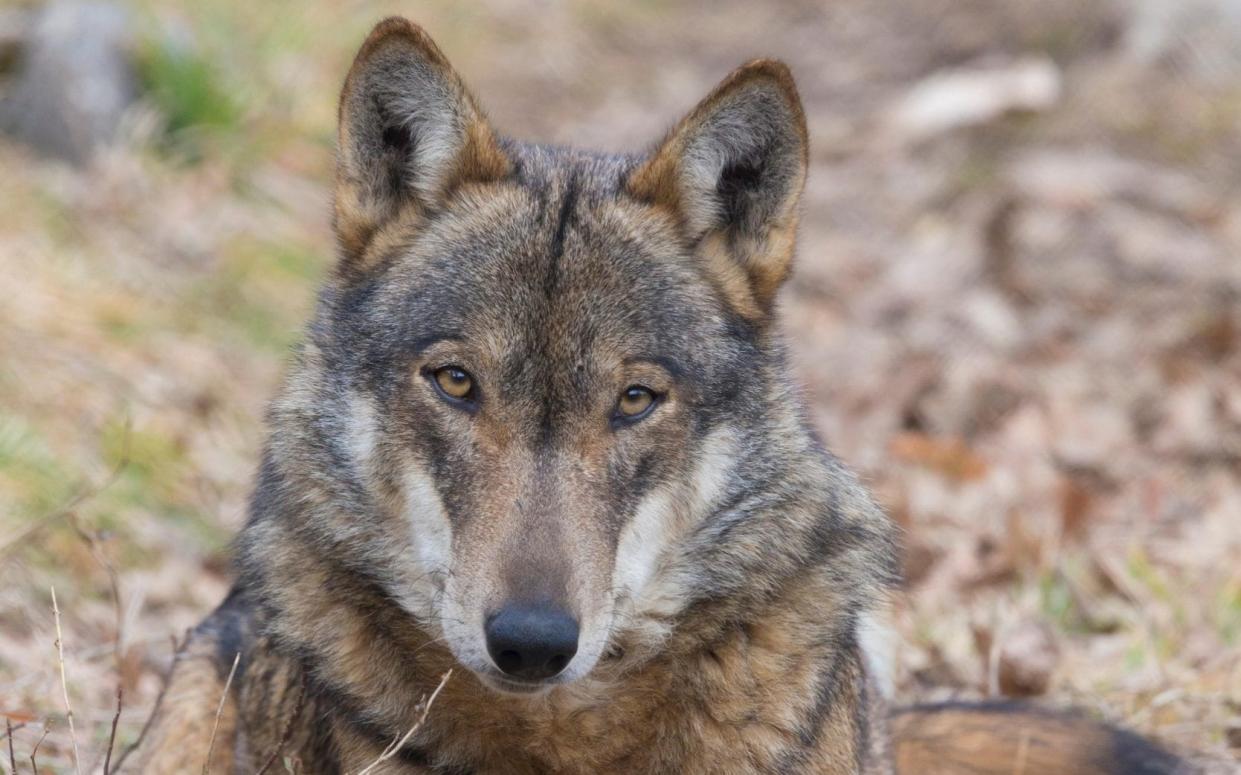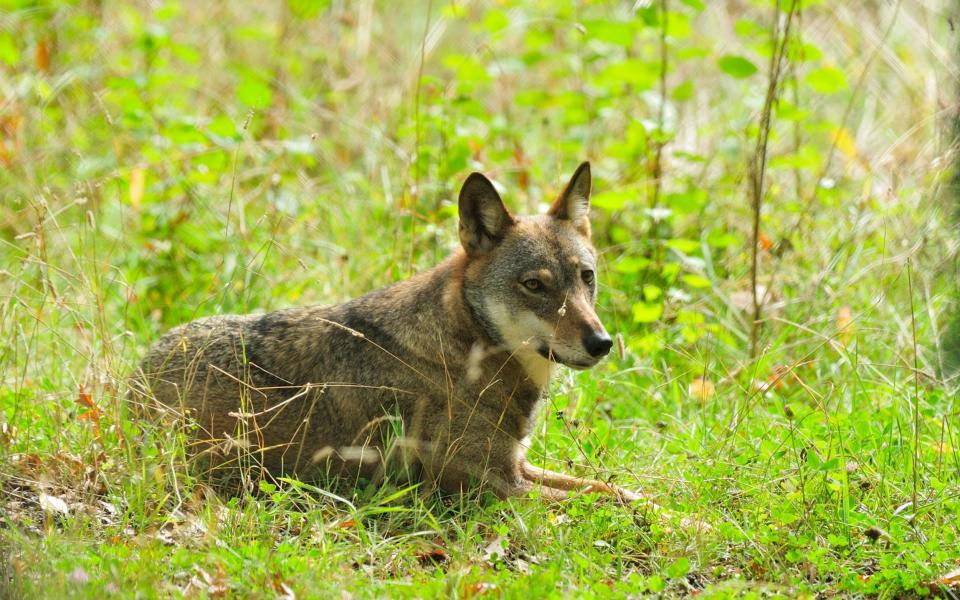Italy embarks on first national count of its burgeoning wolf population

Feared by farmers but celebrated by conservationists, wolves have made a remarkable comeback in Italy since being driven to the brink of extinction.
But nobody knows how many there are.
For the first time, a national census of the species is to be carried out to assess the number of wolves roaming the country’s mountains and forests – and to find out to what extent the population is increasing.
According to the best estimates, there could be as many as 2,000 wolves now loping across Italian territory, with the population having increased by a fifth in the last five years.

The census, organised by Italy’s environment ministry and the Higher Institute for Environmental Protection and Research or ISPRA, gets underway this month and will last until March next year.
Around 4,000 researchers will fan out across the Alps and the Apennines, the two mountain ranges inhabited by Italian wolves, in an arc that reaches from the border with France all the way south to Calabria, the foot of the Italian boot.
The territory will be divided into 1,000 blocks of 10 square kilometres each, in which volunteers will look for traces of wolves, from footprints and scat to actual sightings.
National park rangers will take part, along with geneticists and zoologists, as well as conservationists from an EU initiative called LIFE Wolf Alps.
It is the first national census to be carried out since wolves were given official protected status in Italy in 1971.

“The wolf is one of the best known species in Italy but also one of the most elusive and difficult to study,” said Piero Genovesi, from ISPRA.
“The projects that have been carried out so far on this carnivore have been local in nature, limiting the chance of coming up with an accurate estimate of the population nationwide.”
While the return of Italy’s apex predator is applauded by ecologists, it is staunchly opposed by many farmers, who say wolves attack their livestock.
The wolf’s natural prey consists largely of roe deer and wild boar but the species is not averse to taking sheep, goats and young cows.
As well as killing individual animals, the stress of the attack can cause survivors to abort or stop producing milk.
Some farmers, however, are learning to co-exist with wolves. Measures such as penning domestic animals behind electric fences at night and using fierce breeds of sheep dog to protect them can reduce attacks.
One of the most popular dog breeds is the Maremmano, a powerfully-built white dog from the regions of Tuscany, Lazio and Abruzzo.
Methods like these have been adopted by Francesca Barzagli, who with her brother runs a flock of nearly 400 sheep in the Maremma region of Tuscany.
A few years ago, they were losing an average of 25 sheep a year to wolf attacks.
“The situation has improved notably since then,” she told La Stampa newspaper. “Last year we had just one attack, in which two sheep were killed.”
She is now trying to change the traditional mentality of other farmers in the region, who for generations have seen wolves as their sworn enemy.


